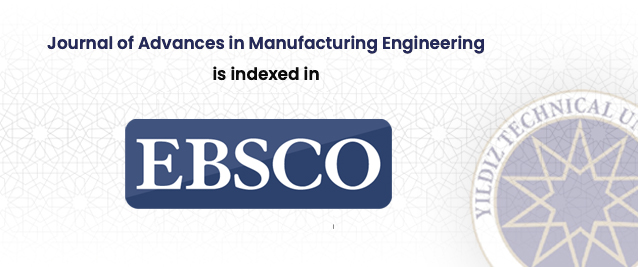2Department of Mechanical Engineering, Marmara University, İstanbul, Türkiye
Abstract
The design of a cutting tool necessitates a comprehension of the applications and quandaries that may come across from manufacturing to the machining process. Developing technologies in components with complicated features and the competition among manufacturers in rapid and precision production leads to design and application of new types of cutting tools with sophisticated geometries. Besides sufficient cutting performance and dimensional accuracies, these tools are required to have setup rigidity, static and dynamic strength to prevent any damage to themselves, holders, and machine components. In this paper, flat bottom drills with various
axial and radial rake angles have been designed and subjected to modal analyses using finite element methods. The first six natural frequencies, maximum total displacements, stiffnesses
as well as the period of oscillation corresponding to the modes shape have been calculated for the designed tools. Based on the obtained results, it is seen that the designed flat bottom drills have acceptable stiffnesses and natural frequencies to be utilized in machining processes. Radial rake angle has a noticeable influence on the natural frequencies and stiffnesses of the system.














